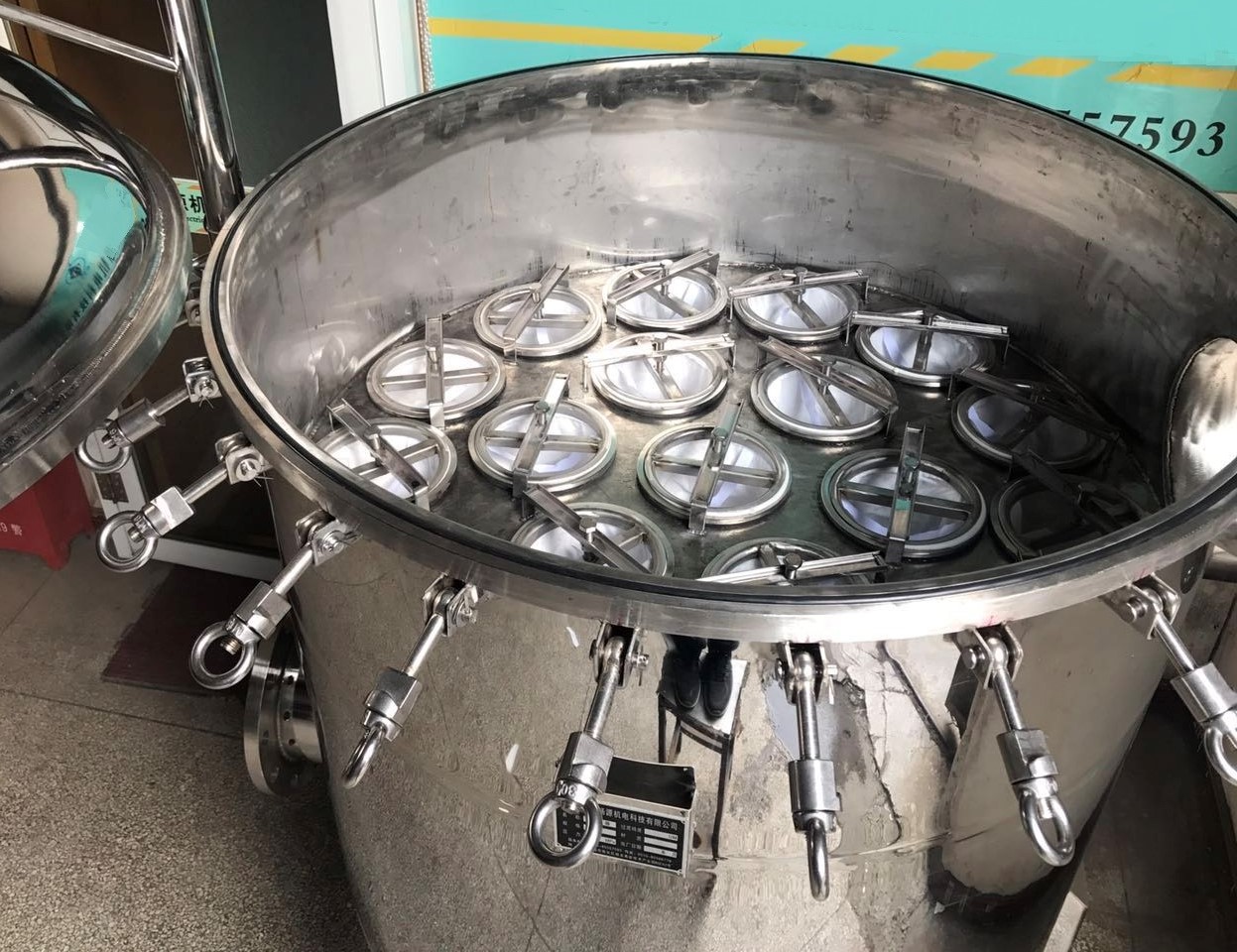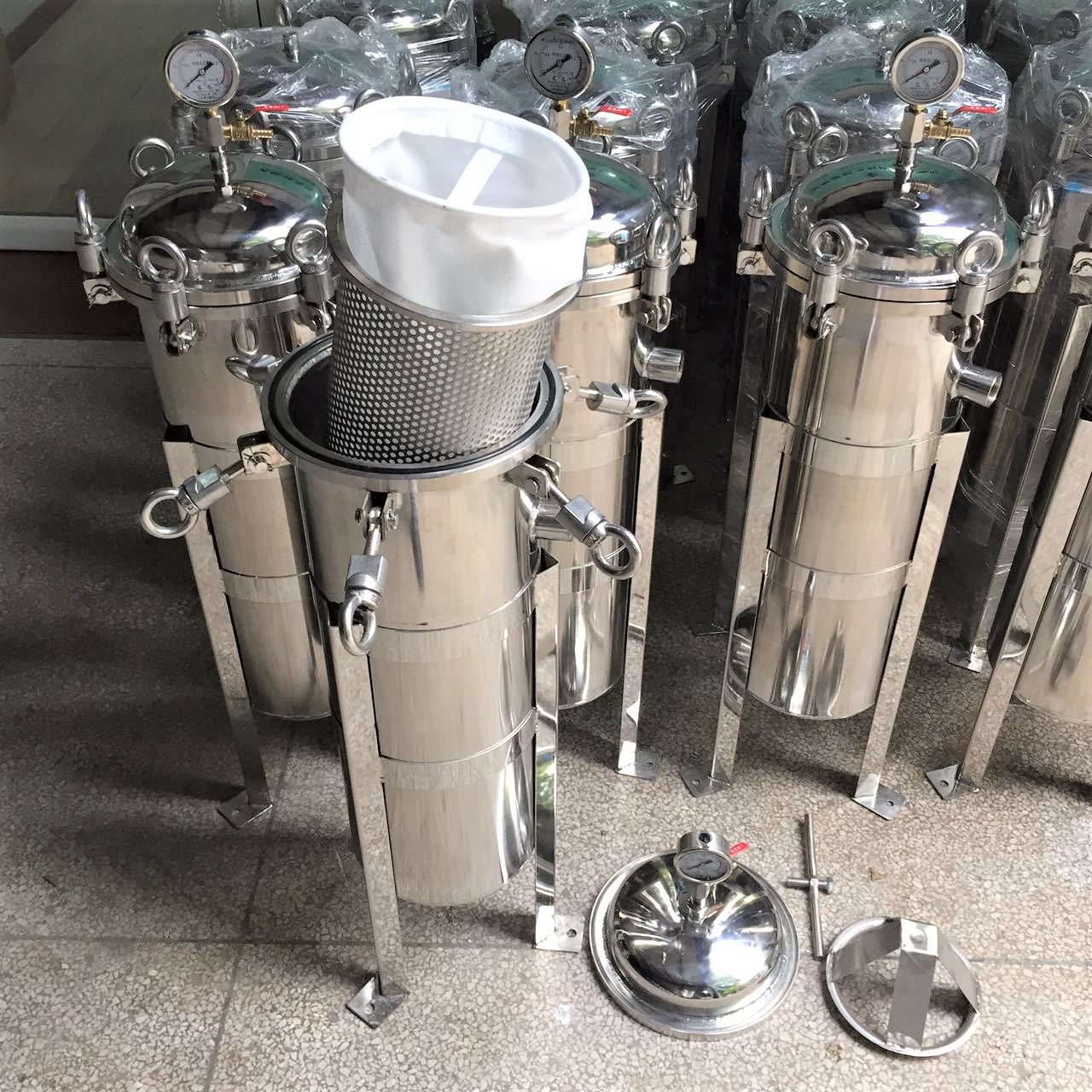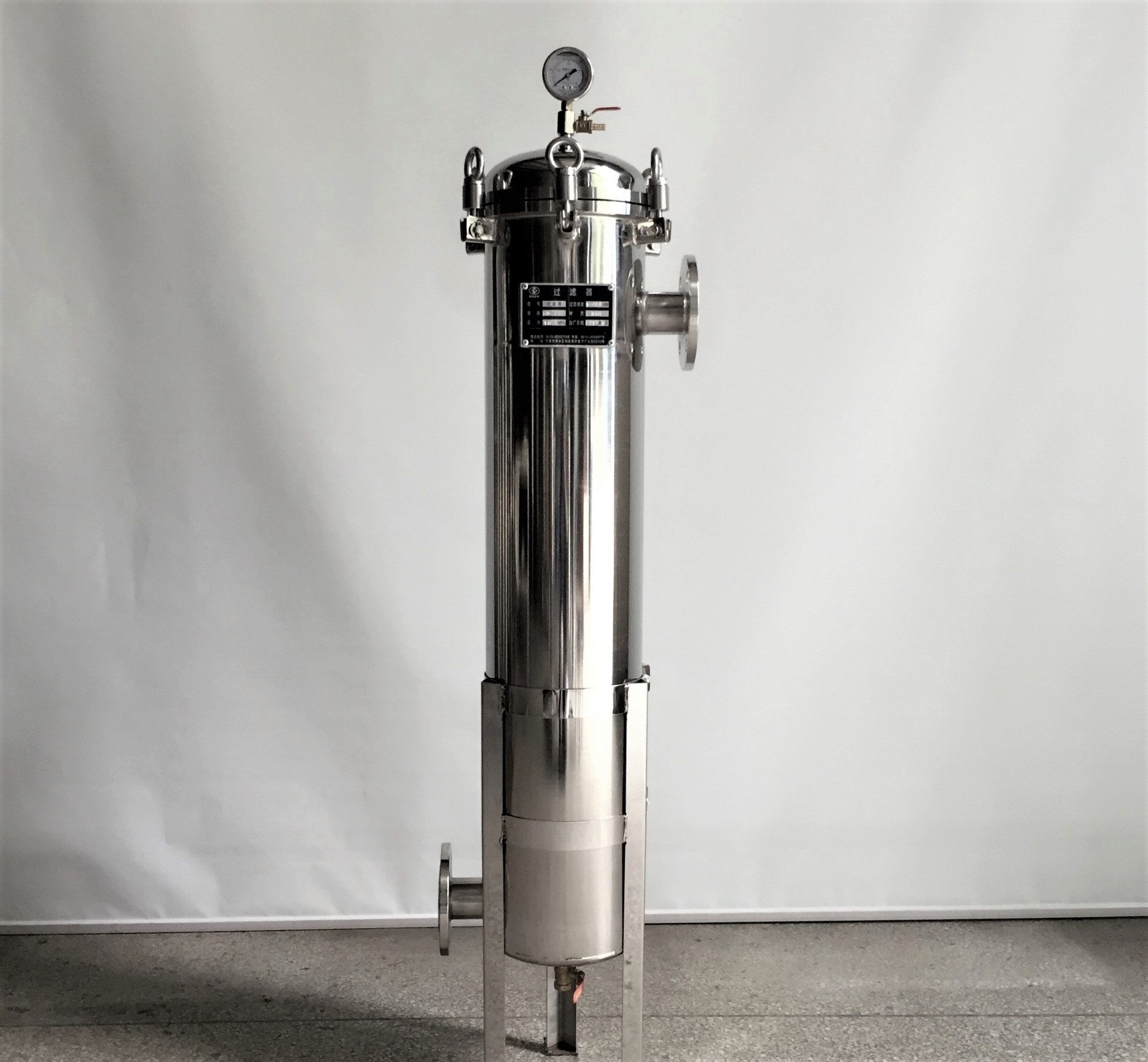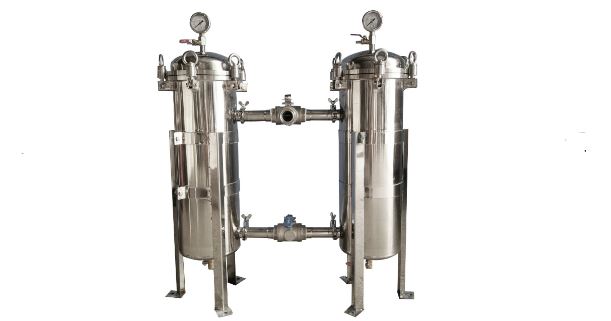Bag Filter Housing
Abster bag filter housing also names bag filter vessel, including single bag filter housing and multi bag filter housing. It offers a wide range of bag filter housing designs with high flow capacities and contaminant holding capabilities, such as stainless steel bag filter housing, #2 bag filter housing, liquid bag filter housing, bag filters for water treatment…
Abster™ bag filter housing are mirror polished to resist adhesion of dirt and scale. Rapid opening and closing lids ensure simple operation with minimal used bag filter housing downtime for filter bags change-out. Side inlet and bottom outlet of stainless steel bag filter housing provides easy and complete drainage.
As a leading sock filter housing &bag filter housing manufacturer in global, standard bag filter housings handle flows up to 6,000 GPM. If that’s not big enough, Abster™ can custom bag filter housing sizes with various filter bags to meet your needs. stainless steel bag filter housings also offer some special options: Different Outlet Connections, Higher Pressure Ratings, Extra- Length Legs, High Flow Rates, Special Materials…
- Details
- Guide book for Importers
Bag Filter Housing
bag filter housings have high-quality carbon, stainless steel 304, 316 & 316L in material.
Micron rating is from 0.5μm to 200μm.
bag filter housing provides excellent sealing capabilities that meet the demands of most filtration applications.
Our carbon vessels and stainless steel bag filter housing have few weld points to ensure smooth and easy to clean interior surface.
bag filter housings are 100% customized with a compact structure, and can be used to replace many brands’ industrial water filter housing, such as Eaton bag filters, FSI bag filters, Pentair bag filter housings, Parker bag filter housings with a wide variety of filter bags.
With the Abster more than 15 years experience in bag filter housing industry, we can help you remain competitive by being your OEM partner for the bag filter vessels. For all filtration markets, bag filter housings offer an excellent and cost competitive solution.
 Features of Bag Filter Housing
Features of Bag Filter Housing
- Material: carbon, SS304, SS316, SS316L
- Swing bolt closure allows for quick bag change out
- Work pressure up to 1.5 Mpa with 250°F
- Surface treatment: mirror polishing
- Filtration precision: 0.5um-200um
- Configurations: side-in/side-out and side-in/bottom-out
- Housing volume is optimized to minimize product loss.
- High temperature & High pressure design are available.
- Quick access bag replacement
- High flow rates with low pressure drop
- Positive O-ring sealing offers easy and safe operation.
- Optional 134 epoxy coating for seawater/corrosive applications
- Special requests: duplex type, adjustable-height legs, mounted on pedestal…
Application of Bag Filter Housing
- Food and beverage industry
- Municipal & Industrial water treatment
- Petrochemical industry
- Oil and gas industry
- Paints, inks, resins and coatings
- Textile, printing, paper making industry
- Edible oils and soap industry
- Pharmaceutical industry
- Electronic and electroplating industry
- Machining industry
- Other liquid filtration
Bag Filters for Water Treatment
Bag filter is a widely used for liquid filtration, it can remove the particles of the different size from liquid.
In order to achieve liquid filtration, purification, separation, recovery purposes, stainless steel bag filter consists of three parts: bag filter vessel, disposable or cleanable filter bags, internal support cage.
The internal support ensures filter bags not burst as high differential pressures build up during operation.
According to flow rate, you may use single bag filter housing or multi bag filter housing.
First, unfiltered fluid enters into bag filter housing from the inlet, which may place in the side or on the top, and then flow into the filter bag. Due to the impact pressure of fluid, the bag will extend and the liquid get evenly filtered through filter bags.
The filtered fluid then exits through the outlet of industrial bag filter housing. Solids are collected inside filter bag for easy removal and the filtration process is complete.
When you replace or clean the bag, just simply loosen the bolt, rotary hand wheel lifting the lid, and get the bag.
Bag Filter Operation Instructions
- Position bag filter housing into proper location, and secure the support legs to the floor or platform.
- Connect bag filter housing to the system. The inlet service line should be connected to SS bag filter housing inlet flange (outlet service line to the outlet flange).
- Remove cover by loosening eye bolts sufficiently to allow them to swing free. Turn handwheel on the top of bag filter vessel to lift cover clear of basket retainer plate. Swing cover away from bag filter housing to gain access to filter bags.
- Now ready to install filter bags in the filter supporting basket. Be sure filter bag is installed fully extended to the bottom of the basket.
- Check working condition of the O shape sealing ring (replace as necessary), then tighten the ring bolt of stainless steel bag filter cover to ensure a leak proof seal between cover and housing body.
Your Bag Filter Unit is now ready for operation!
Bag Filter Replacement
After pump is started, the pressure gauge will slightly rise, initial pressure is around 0.05Mpa, as the working time increases, the impurities inside single& multi bag filter housing will increase gradually, when pressure reaches 0.4Mpa, stainless steel bag filter housings must be stopped working and operator should open bag filter vessel cover to check the residue in the bags.
To safely remove liquid filter bags, shake the basket rapidly and then use a spine motion to separate filter bag from support basket, slowly pull filter bags out from used bag filter housing.
replaceable filter bag could be continue used (generally, washed bag filters could be repeated use).
It is appropriate that filter pressure be set at 0.1-0.3Mpa, but it could be adjusted through the return line or return valve on pump
Note: High working pressure will damage the filter bag and protection strainer.
Bag Filter vs Cartridge Filter
- Compared to cartridge filter housing or other industrial water filters, bag filter housings requires low investment, guarantees a longer lifetime – the filter bags can be used repeatedly.
- Both are sediments filters, no matter in performance- ease of use, or cost, stainless steel bag filters have demonstrable advantages.bag filter function is equivalent to 5-10 times of filter element of the same function, it can greatly reduce the cost.
- As a bag filter vessels manufacturers, bag filter housings are the best choice for just about any filter application where string wound or poly-spun cartridges have been used in the
Bag Filter Housing: The Complete Guide for Importers
Here are two things you need to know about bag filter housing:
One, know the basics of bag filter housing, classification to the working principle.
Two, consider technical specifications and material type.
The best part?
I am going to discuss everything in this guide.
And, by the end of this guide, you will easily import bag filter housing for your business and clients.
Let me take you through all you should know:
What is a Bag Filter Housing?
Bag filter housing is a vessel which incorporates the filtering bags without any leakage.
The main components of the bag filter housing are:
- The body of the filter housing
- Inlet/Outlet port
- Ports for pressure gauges
- Stands for support
- Swing bolts to hold the lid
- Lid or cap
The lid may have a pressure gauge situated on it.
Bag filter housing has vast application characteristics, and this makes it meet the standard demands in the filtration processes.
Bag filter housing
Some of the functions of the bag filter housings may include:
- Delivery of the fluid to the filter
- Collecting filtrates
- Capture particles from the fluid
- Export filtered and clean fluid
It has different pipeline connections to the inlet and outlet of any liquid stream under the filtration process and other accessories.
Some of the main features of bag filter housing include:
- Should have low pressure drop at a high flow rate,
- The housing volume should be optimized to minimize the losses likely to be experienced during operation.
- Possess a big range of filtration precision of between 0.5µm to 200µm
- Should be made of different classes of material
- The housing should be simple to operate and have a positive O- ring sealing for safe and easy operation
- The surface finish should be such that it doesn’t allow for clinging of any dirt particle onto the surface (Normally it is a mirror-like polished)
- Should be able to come in a different range of operating parameters such as pressure and temperature to accommodate a wide range of pressure and temperature changes.
- Since the filter bags can be changed and cleaned, the housing must have provision for faster changing to minimize the operation time.
- The configuration should include a side in/side out and side in/bottom out.
- The working pressure of up to 2Mpa with a temperature of 250 Degree Farads.
Bag Filter Basics
Now, in this section, I am going to take you through the critical elements of a bag filter. And, I will start with:
· What is Bag Filter?
Bag Filter or Filter vessel is an air and fluid pollution/contamination control device.
It helps to remove particulates from an air or a fluid stream released from any commercial process.
Filter bags are fabric designed with the intention to remove particulate material from the fluid.
The Filter bags are always inside the housing which is sealed.
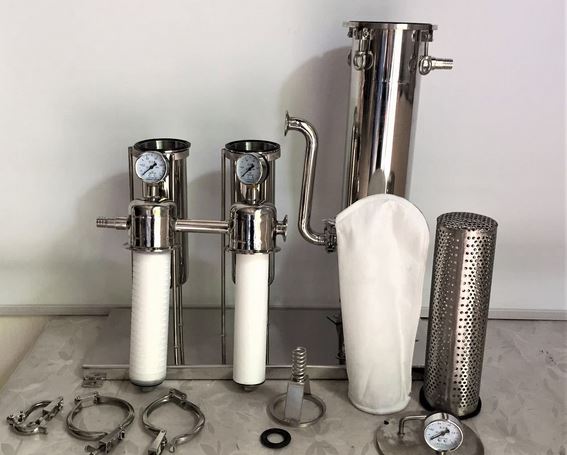
There are two types of bag filter housing namely;
- A single bag filter housing
- Multi-bag filter housing
I will come to that later in this guide, keep reading.
Also, the bag filters come in different designs to cater for a range of applications. For example, you may have water treatment bag filters, stainless steel bag filter housing, liquid bag filter housing, etc.
· Bag Filter Working Principle
Fluid stream polluted with particulates under pressure or suction enters the lower portion of the bag filter hopper.
As the fluid travels through the bag filter, the dirt or dust particles remain on the bag’s surface. At the same time, clean air or fluids will pass out through the bag to its outlet.
It means that the particulates collect on the outside part of the filter bags.
This accumulation of the dust on the outside of the bag results in differential pressure across the filter bags.
After some intervals, it uses compressed air to remove accumulated dust on the bag filter.
That is, put out the bag filter from its vessel and then using compressed air, flush it or replace a new one.
It results in a reverse flow air via the filter bags, hence dislodging the dust particles on the outside surface of the filter bags.
The processes release all dust particles on the bag filter.
Types of Bag Filter Housing
There are two types of bag filter housings.
The first design has only one filter bag. On the other hand, the second option has several filter bags.
i. Single Bag Filter Housing
Single bag filter housing helps in filtering away contaminants from a stream of fluid.
They accommodate one filter bag at a time, which can either be cleaned or replaced whenever there is a need.
Look at this:
Single bag filter
The single bag filter has a perforated basket which supports it.
When unfiltered fluid enters the housing, the solid particles are within the basket for removal.
It has working pressures ranging from 100 PSI to 300 PSI with a maximum working temperature of 300 Degrees Farads.
They feature different materials such as:
- Aluminium
- Carbon steel
- Stainless steel 316 or 304
Depending on the model of the single bag filter one needs, they come in different standard sizes with different pipe connection styles, sizes and different flange connections.
High pressure single filter housings can also be made depending on the costumer’s requirement.
It has a v-clamp cover closure which makes changing bags fast and easy without the use of any tool.
§ ASME CODE Bag Filter
This type of filter housing must conform to the international code of standards.
Upon request from the customer, the manufacturer designs, tests and stamps the bag filter as per the ASME BPV code section VIII.
This will ensure that it works under the specified conditions.
The standard features may include;
- Constructed from stainless steel material
- Maximum Design Pressure of 300 PSI at a Temperature of 300 Degree Farads.
- Will have Gauge Ports¼” FNPT
- Drain Port, such as 1” FNPT
- Vent Port, such as ¼” FNPT
- Flanged/thread Connections
- Buna N O-Rings
- Perforated Basket of Stainless Steel (304 type)
- Mirror polish
- Typical Flow Rate of between 50 – 125gpm
- Adjustable Legs
This product can also have several optional features which may include;
- Carbon steel material
- Maximum design pressure of 1440psi or higher
- Different connection styles and sizes
- Baskets lined with Mesh
- Davit arm for higher pressure units.
ii. Multi Bag Filter Housing
These are very economical for bulk filtration.
The housing can accommodate many bags within one vessel.
Filter bags in multi-bag filter housing are replaceable and come in different micron ratings.
Multi bag filter housing
You can use multi-bag filter housing to filter solvents, beverages, water, coolants, glues, inks, recycled oil, paints, etc.
Before, you buy any multi-bag filter housing, ensure it conforms to the ASME standards. Besides, it should meet the following criteria:
- Standard design pressure of 150psig
- An O-ring closure seal provision
- Design whose bag filter is easy to replace
- Suitable material
- NPT couplings for drain
- Pressure gauge connections
- Vent
Please note:
All housing whose dimensions is less than 12 inches (305mm) should have handles.
However, those housings with more than 12 inches have the head lifts provisions. Also, they have a provision for 150 lb ANSI RF flanged inlet/outlet.
Remember, depending on the nature of the application at hand; you specify optional accessories.
The multi-bag filter housing possesses several basket strainers.
Of course, this is essential for high filtering capability since it will give a wide range of flow capability.
They are designed to contain very many baskets.
The system comes with steel baskets with mesh liners. Thus you can use them as strainers.
As filters, the stainless steel basket has a perforated design to hold disposable or cleanable filter bags.
Bag Filter Housing Material
I know there are many types of bag filter housing material out there. Normally, the type of material will depend on the nature of the application.
In this section, I will focus on two types of filter housing material. They include:
a) Stainless Steel Bag Filter Housing
The main material here is stainless steel.
Stainless steel bag filter housing
It is due to the varying conditions under which filtration may occur.
The most common grades of stainless steel for this application include 304 stainless steel (SS 304) and 316 stainless steel (SS316).
So, what’s the difference between these two types of stainless steel?
SS304 is an alloy of 18% chromium and 8% nickel. On the other hand, SS316 is an alloy of 10% nickel, 2% molybdenum and 16% chromium.
Here, molybdenum makes stainless steel, highly corrosion resistant.
It makes stainless steel perform better in any condition of operation.
Type 304 stainless steel, for example, is capable of resisting corrosion and oxidation.
They can, therefore, work perfectly well in the conditions where the temperature is elevated and a high degree of oxygen concentration.
When the housing is fabricated using SS 304, it exhibits good surface finish. It is a property which prevents product contamination during the filtration process.
You can use it in a variety of applications such as the pressure vessels, tanks, tubing or piping.
SS 316 on the other side is known to have high heat resistance due to its chemical composition.
When exposed to different types of chemical solutions, it portrays high corrosion resistance.
The property is due to the component such as nickel –chromium.
Addition of Molybdenum to SS 316 makes it highly resistant to attack by chemicals than SS 304.
It, therefore, follows that SS 316 is long lasting and easy to handle during fabrication. This gives its final product good surface finish which makes it easy to clean.
At elevated temperatures, it is more resistant to solutions of chlorides, sulfuric acid, iodides, bromides and fatty acids.
Its composition has molybdenum, which makes it suitable for most filtration purposes in the pharmaceutical industry to prevent excessive metallic contamination.
There are also other forms of stainless steel which can be used depending on the conditions under which filtration takes place.
A good example of such material is the duplex stainless steel: UNS S32760.
UNS S32760 is designed to have high impact strength at zero temperature and gives excellent corrosion resistance.
It is also affordable and made up of 25% chromium, 7% nickel, 3.6% molybdenum as well as copper and tungsten.
Key areas of applications include desalination plants, seawater systems etc.
b) Carbon Bag Filter Housing
These bag filter vessels adopt high-quality carbon. The main applications include petrol chemical, wastewater treatment, rubber industries, etc.
Carbon bag filter housing
Compared to stainless steel material, it is lower in cost.
Bag Filter vs. Cartridge Filter
When it comes to filtration systems, you can choose either bag filters or cartridge filters.
cartridge filter vs. bag filters
Whether to go for bag filter or cartridge filter will depend on the nature of the application at hand.
And, in this section, I am going to walk you through just a few:
- Type of Applications
Cartridge filters are suitable for both surface and depth-type filtration application.
On the other hand, bag filters are popular in most industries as dust removers, and they can be used repeatedly to save the cost.
- Working Principle
Let’s get this right:
The two types of filters help to eliminate or reduce the contamination level.
However, there are two distinct concepts you should know:
Bag filters are such that the separation occurs at the surface of the filter membrane. While for the cartridge filters, the separation can occur either on the surface or through the thickness of the filter materials.
- Cost of Filter
Bag filter housing normally requires low investment – you can use them several times.
Cartridge filters together with water filters are prone to replacement. You can replace them many times within a small time span.
Also, bag filters can last for more than 5 to 10 times the ordinary filters. Therefore, this reduces the cost of using bag filters.
What to Look for When Buying Bag Filter Vessel
Whenever you’re buying a bag filter, there are some things you should consider. It is only through this that you will get everything right.
Let me take you through this critical element:
§ Simplex vs. Duplex Bag Filter Housing
You may choose a system with only a single or two housings.
They will perform the same purpose. However, in situations where you want continuous and uninterrupted flow, duplex bag filter housing is the best.
Even during filter element changeover, you don’t have to stop the entire system. Therefore, you don’t have to worry about possible downtime.
§ Quick Access Covers
The cover should be easy to open and close with the minimal time taken.
There is no need to use other tools during the opening, but instead, provide clamp and spring for easy opening and closing.
Multi bag filter housing
Still, ensure the cover has the right safety measures. That is one that prevents the cover from opening by itself.
So, you must scrutinize the design of the cover.
§ Low Profile Design housing
The housing design should be compact since you will use many equipment at ago.
It should have good working space to facilitate easy removal, cleaning and maintenance of the bags.
The design should be one that does not require ladders or climbing platforms. These can be safety hazards.
A low profile provides easy access, and balanced spring lids can be opened with one hand.
§ Flow Rate
Deciding to buy the best bag filter may be challenging, but can depend on the flow rate required.
A multi-bag filtration system, for example, comes with some advantages which may include higher flow rates with less downtime during bag changeover.
§ Micron Rating
Having filter bags of a big micron rating allows removal of particulates of any nature. This gives high efficiency during operation.
It is, therefore, necessary to choose the bag filters with a micron rating between 0.5μm and 200μm
§ Pressure and Temperature Rating
Working temperature and pressure are important parameters you should consider when buying a bag filter housing.
Operating bag filter systems beyond a specific threshold can be catastrophic. It will damage the filter system.
For example, the most multi-bag filter housing can work at a pressure of up to 1.5 Mpa and a temperature of up to 250 degree Farads.
§ Filter Bag Sizes
You must choose the correct size of filter bags that can fit in the housing. You should consider both the width and length.
Apart from all these, you must buy the bag filter housing from a reputable manufacturer. This way, you will get bag filter housing that guarantees “zero leakage” and exemplary performance.
Conclusion
At this juncture, I am sure you can assess and buy the right bag filter housing. Of course, this is after going through the basic definition, classification, standards, material and factors to consider in a bag filter housings.
Now, I would also wish to hear from you.
Which brand of bag filter housing are you using?
Are there problems with your hydraulic filtration system?
Talk to us today – Filters we offer free consultation on hydraulic filtration systems.
Filters for Steel Industry
Filters for Paper Industry
Filters for Power Plants
Filters for Chemical Industry
Filters for Sewage Plants
Filters for Building Installations
Filters for Oil / Refinery
Filters for Food Industry
Filters for Drinking Water
Filters for River Water and multiple use
Filters for local heating and district heating
Filters for Agricultural Technology
Filters for Plant Construction
Filters for Textile Industry
Filters for Geothermal Water / Offshore Technology
Filters for Park Irrigation
Filters for Seawater
Filters for Cooling Water with Mussels
Filters for Cooling Water
Filters for Protection of Heat Exchangers
Filters for Protection of Spray Nozzles
Filters for Snowmaking Devices

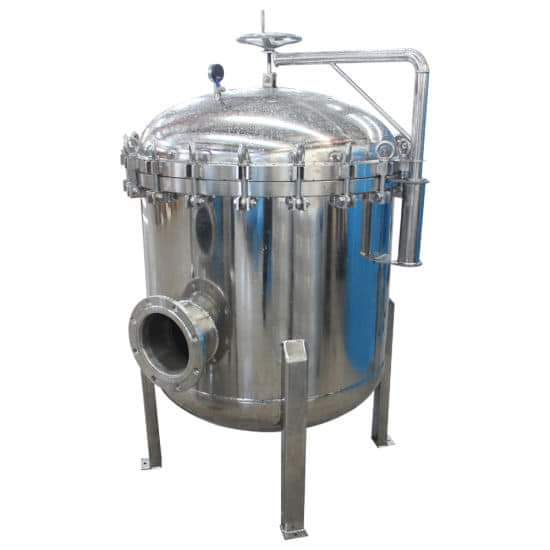
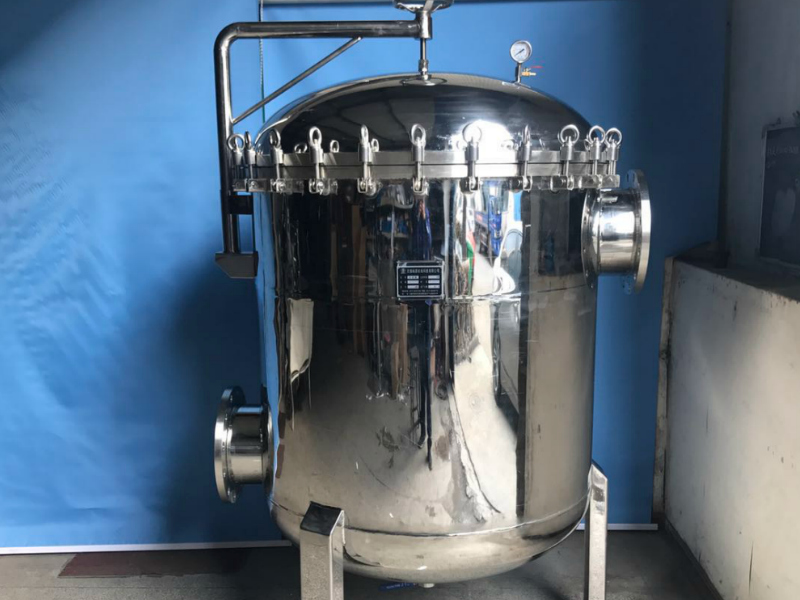
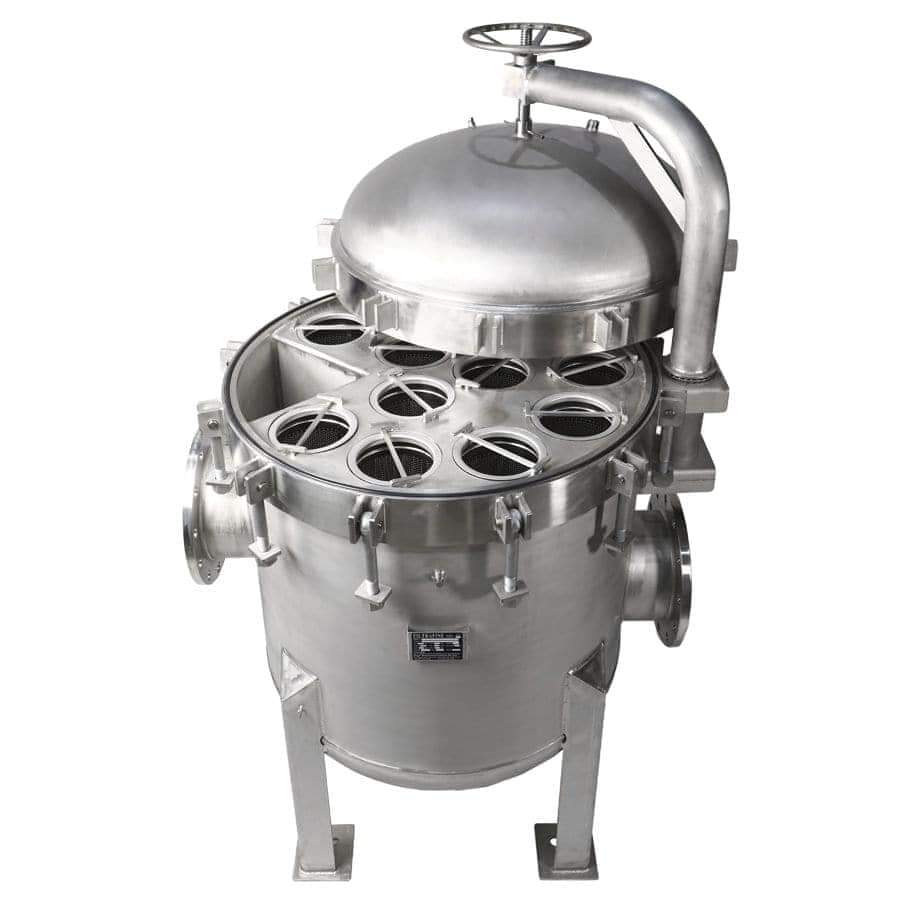
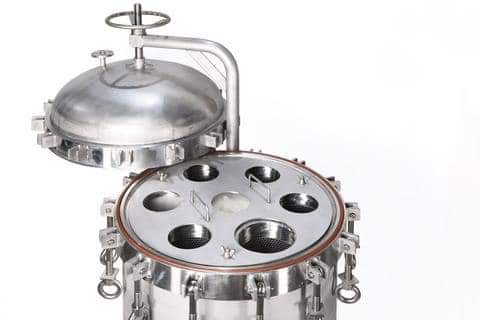 Features of Bag Filter Housing
Features of Bag Filter Housing